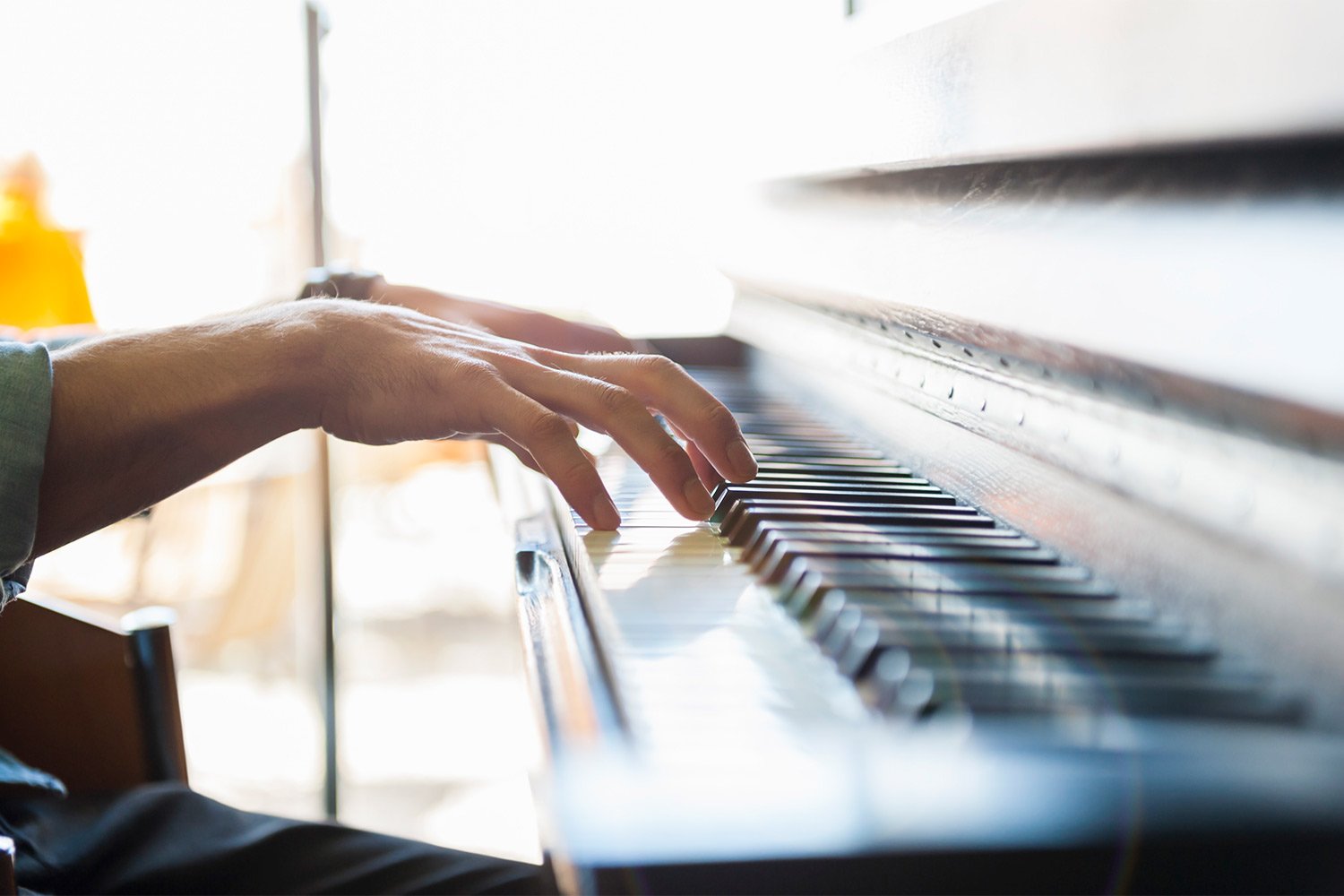
Get a clear estimate of piano moving costs, including average prices, key cost factors, and tips to save when hiring professional piano movers.
With some inspection, patience, and time, you can become the proud owner of a phenomenal new-to-you piano


Whether you’re just starting out in the world of pianos, picking up your old hobby, or are ready to graduate from a keyboard, buying a used piano is an exciting pursuit. That said, it can also be intimidating if you’re not a piano expert—which, let’s be honest, most of us are not. Buying a used piano is not something you should rush, though, since you’ll want it to last a long time.
Follow these tips below to be sure you’re buying a quality used piano that will help you make beautiful music for years to come.
One of the biggest advantages of buying a used piano is that you’ll spend much less than what you’d pay for a new piano. Most old pianos can even be refurbished and repaired to the point of looking brand new. Plus, if you’re going for an old-fashioned aesthetic, you can find many antique-style used pianos.
Once you have a prospective piano, make sure the piano keys aren’t chipped, cracked, discolored, or missing. If you notice abnormalities, consider choosing a new piano to save you potentially pricey repairs.
Note: There should be 88 keys in total: 52 white and 36 black.
Press the keys from side to side and note how much room they have. The keys should be able to move about 2 millimeters when you push them from left to right. If a key touches the next key over, the keys are likely overworn or damaged.
If you still plan to purchase the piano, you should consider getting bushing replacements. The bushings are the felt part on the piano keys that prevent rattling.

Make sure you test out the pedals to ensure they’re working properly. Visibly, this means they aren’t sticking or have visible damage.
A functioning piano will have two or three pedals, but only a grand piano includes the third. On the left side is the pedal called una corda, which reduces volume. Press this pedal to make sure it truly does reduce the volume for any note. On the right is the damper or sustaining pedal, which allows the pianist to sustain any note. By using this pedal when testing out the piano, you can ensure it is doing its job.
The third pedal, unique to grand pianos, is the sostenuto pedal, located in the middle. This pedal is similar to the damper pedal. When you press it, the pedal draws out the specific notes held while thinning out all the other keys.
The hammer is the part of the piano that hits the string when you play a note. Basically, the hammer responds to someone pressing a key. This reaction depends on how softly or aggressively the pianist presses.
Before finalizing your purchase, make sure to check the tip of the hammers. The hammers connect to the far end of each piano key. If the hammers feel indented or hard to the point where you cannot feel the felt material, the hammer may be at the end of its life—since it’s complicated to repair these, your best bet is to choose another piano.
The soundboard is a major piano part consisting of a thin wooden board. The strings vibrate against the soundboard, ultimately generating sound. The sounding board acts as an amplifier, boosting sounds produced by the vibrating strings and diffusing the sound across many frequencies.
On an upright piano, the soundboard is at the back of the piano, while on a grand, it’s under the metal plate and strings. Check the soundboard to make sure there are no cracks, which could seriously affect the sound quality.
The pin block is a piece of wood that gives rise to the tuning pins (which you use to tune the piano strings). If your pin block is faulty, you won’t be able to tune your piano properly. Check for any cracks before making your final purchase. If you find damage, consider other options since replacing a pin block can be complicated and pricey, up to $2,000.
Check if there are any missing, broken, or damaged strings since string quality affects sound quality. The strings are partially metal, so they can erode or become rusty.
Play a song or try out the keys, ensuring everything sounds and feels right. Since each piano is unique and feels different to each pianist, it’s critical to make sure it serves your needs.
Note: Consider hiring a local piano mover to help prevent accidents involving either you or the piano.
You may be antsy to get your piano home, but there are a few questions you should ask the person selling you a used piano.
A piano typically lasts up to 60 years before it needs to be repaired or refurbished, so you should confirm that it’s not in its final years. Once you get the OK, make sure you clean your piano properly to ensure it looks and sounds beautiful.
Most pianos require regular tuning. If the piano hasn’t been tuned often enough, you should set up an appointment with a piano technician to inspect the piano and detect imperfections.
Hopefully, the person selling you the piano is transparent, but there’s nothing wrong with being precautionary. If you’re looking at a non-refundable deal, this is a must-ask.
From average costs to expert advice, get all the answers you need to get your job done.

Get a clear estimate of piano moving costs, including average prices, key cost factors, and tips to save when hiring professional piano movers.

Professional piano movers help ensure the safe, smooth transportation of your instrument. Before you hire, it’s important to check qualifications, review references, and get a contract in writing. Find out the steps for hiring a piano mover here.